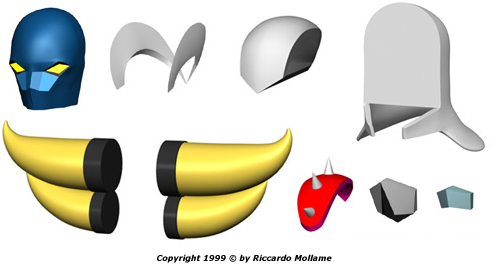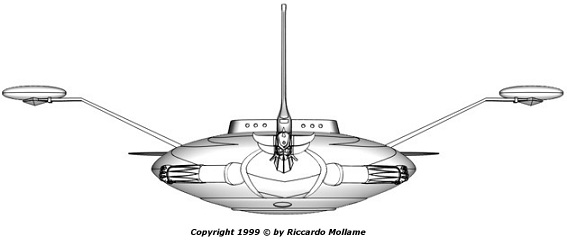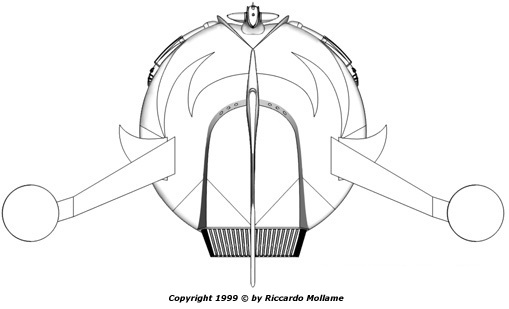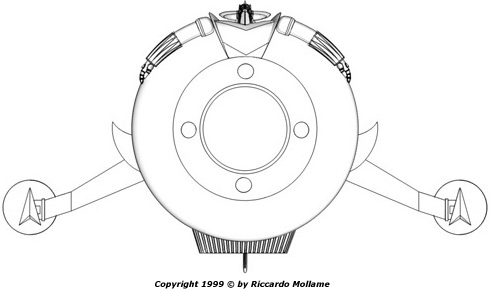The making of Grendizer
Creating Grendizer gave me the deepest pleasure and
emotion: it doesn't happen every day to have the chance to bring to (virtual!)
life with your hands one of the greatest myth of fantasy of your childhood and,
above all, to make of it your personal and exclusive toy. Grendizer will always
be to me the "prince" of all the Super Robots: a mighty prototype
compared to whom the other steel heroes appear to belong to a lesser rank.
Grendizer is a classic, while the others a enjoyable characters.
During modeling, I've learned at my expense the hardness
of the problem of "translating" something that has always lived a 2D
existence into a tridimensional version capable of preserving a full
compatibility with the perspectives of the "flat" model: whatever the
solutions and the choices made along the work, the imperative requisite of the
final result had to be total adherence to all the spectacular images
of this powerful robot in action. Compromises, too personal interpretations,
attempts to privilege only a limited number aspects would have inevitably
turned into a burning delusion, vanishing the meaningfulness of using the 3D
techniques. No need to say that Grendizer's head has taken away the greatest
amount of time and energies, especially what I call the "helmet": yet
using a powerful tool like patch in conjunction with metaform, only after tens
and tens of attempts I've been able to produce a barely satisfactory
result.
As far as I
could see, several structural inconsistencies, mostly negligible, yet
intrinsic, pop up during modeling. Away from numbering them all, I can't help
but mentioning the most macroscopic and already apparent simply watching the
scenes of the cartoon: the way Grendizer is hosted in his spaceship. No matter
how you could shape the disk's cross-section, there is absolutely no way on
earth to integrate Grendizer's body as seamlessly into the disk as he appears
in many classic pictures where, even, boomerang's blades that should adhere to
the chest, look like following the disk's profile once the robot is hosted
inside: moreover (and yet worse) arms are so smoothly bent around disk's
circumference to give the impression to be painted on it. Despite these nasty
critics, during modelling the saucer I've had the chance to appreciate the
remarkable consistency of proportions of the ensemble robot-disk shown in the
cartoons during fly scenes: rotating the object and watching it from a number
of perspectives, I've even reached the conclusion that people that were in
charge of Grendizer's animation had necessarily to work with a scale model to
keep that degree of coherence in reproducing disk's maneuvers and
close-ups.
Not
questioning the magnificence of Grendizer's lines, heavy critics could
nevertheless be raised about the mechanical realism of the robot. Legs and arms
for instance are nothing but straight cylinders, reducing elbows and knees to
tiny slots: a rigorous interpretations of these structures would prevent every
form of articulation. This drawback gave me not few problems when I had to
decide what poses to use for rendering: as someone could notice, I have avoided
when possible to include in the frame of the final picture a too direct detail
of the joints, while in some other pictures I resorted (I confess!) to stretch
and deform the edges of the parts involved to follow bendings and torsions as
much as possible: the unpleasant conclusion is that Grendizer is substantially
unsuitable to produce quality animations, at least if some degree coherence is
meant to be kept.






